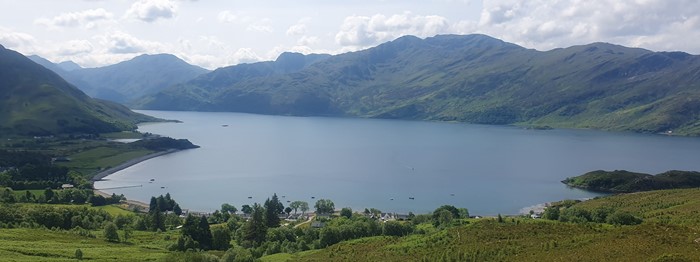Zinc
Description and Background
Zinc is a bluish-white metal in its native form. In the environment it most commonly occurs naturally as a sulphide or carbonate mineral, with sphalerite (zinc sulphide) being the most common. Zinc is often associated with deposits of other metals such as lead, copper and silver. Ore deposits are quite widely distributed around the
world, including China, Australia, Peru, Europe and Canada1. Zinc has many industrial uses, especially as alloys with other metals to inhibit corrosion – a process known as galvanisation.
Zinc is quite a reactive metal and rarely found in its native state. The solubility of zinc compounds varies – sulphides and carbonates (the commonest ores) are not soluble, however zinc chloride, sulphate and nitrate readily dissolve2.
Affected Areas
Contamination sources
Zinc is a common industrial metal. Owing to its relatively high mobility, it is likely that anthropogenic inputs will be important close to urban areas and landfill sites. A potential source of zinc is the metal fittings on pumps and pipe work, making it difficult to discount on anthropogenic origin for elevate zinc in pumped groundwaters.
Domestic sources
One of the commonest ways for zinc to enter small water supply systems is via dissolution from plumbing fittings or pipes. Many fittings contain brass and galvanised steel water pipes are not uncommon – these will readily leach zinc, particularly in very soft, low pH waters.
Health Significance
Zinc is an essential element for humans, and most health issues are focussed on a deficiency of zinc rather than an excess.
Adverse effects of an excess of zinc are centred around gastro-intestinal issues3.
An excess of zinc in drinking water – at concentrations greater than 3mg/l can be detrimental to the appearance of the water, with a greasy surface film developing and an unpleasant metallic taste3.
WHO does not set a guideline value for zinc, whilst acknowledging that higher concentrations may be aesthetically undesirable.
The USEPA sets a secondary maximum contaminant level (SMCL) for zinc of 5.0mg/l. Canadian provinces have set 5.0mg/l standard for zinc.
The EU Drinking Water Directive does not set a standard for zinc.
Risk Assessment and Monitoring
The Private Water Supply Regulations do not require monitoring for zinc. However the Regulations require that the water does not contain any substance at a concentration or value which would constitute a potential danger to public health. If the monitoring local authority considers that zinc may be present if would be prudent
to include it during audit monitoring.
Options for resolving at source
Where the source of zinc is man-made, the source should be identified and removed if possible. Where naturally occurring zinc is present it is likely that an alternative source will be required, following investigation.
Treatment
The most likely source of zinc in small water supplies is dissolution from pipes and fittings. Where water is corrosive it can be conditioned prior to entering the distribution pipework by raising the pH and mineral content. Where possible, old galvanised pipework should be replaced with plastic alternatives approved for use
with drinking water.
It is unlikely that it will be practical or necessary to remove zinc from a water supply, and efforts should focus on prevention of the issue. Precipitation using lime softening or ion exchange resins are most likely to be the most practical options. Reverse osmosis membranes, while expensive, could also be effective.
At the tap, ion exchange filters are most likely to be practical, once sources from pipes and fittings have been eliminated.
References / Further reading
1 International Zinc Association website:
Home | ZINC. International Zinc Association
2 Australian Government Department of the Environment website. National Pollutant Inventory. Zinc and compounds. Home | ZINC. International Zinc Association
3 WHO 2003 Zinc in Drinking-water, Background document for development of WHO Guidelines for Drinking-water Quality. WHO/SDE/WSH/03.04/17.
FAQ Fact Sheet for Owners and Users
To be developed if necessary


